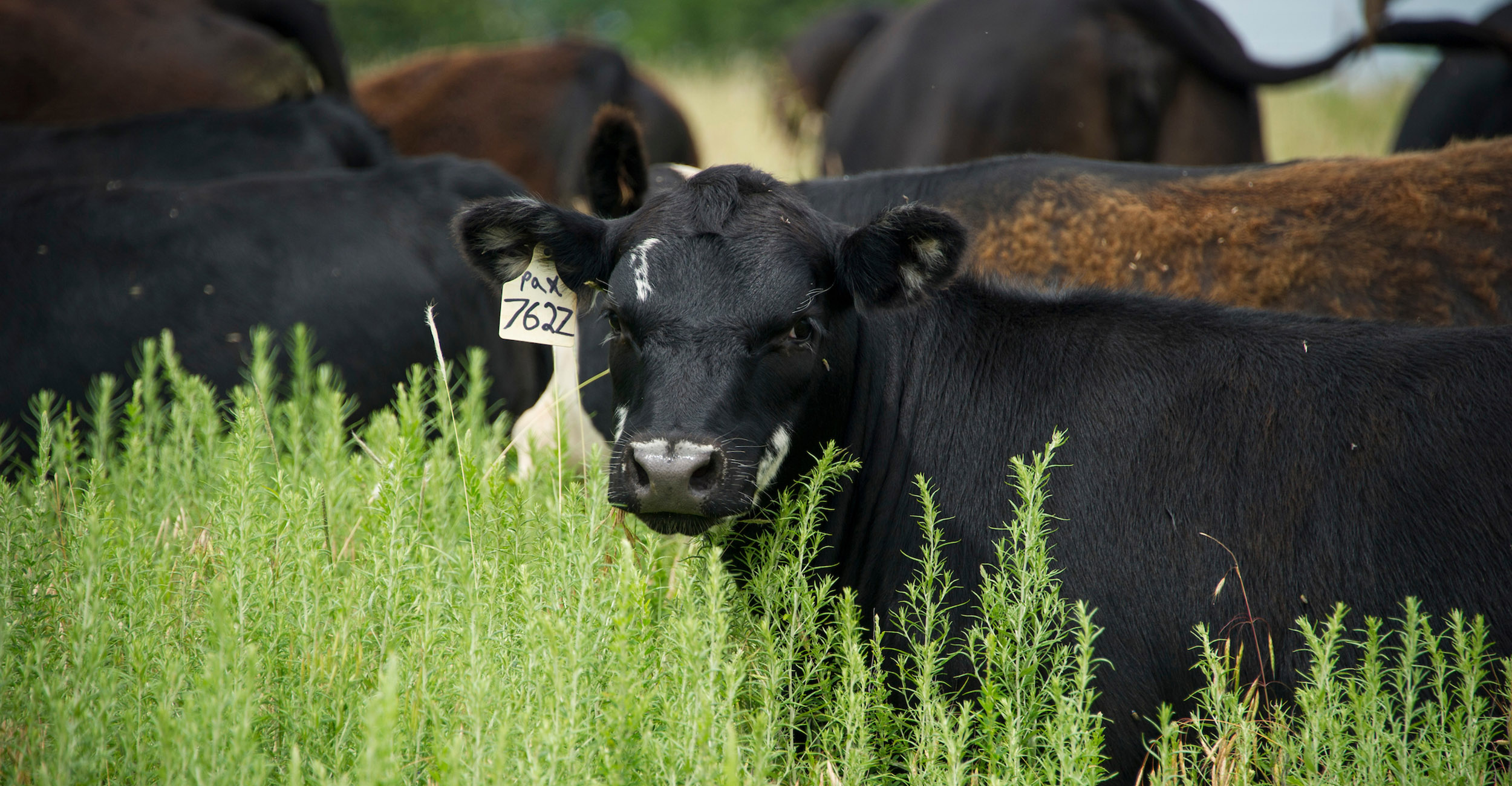
Test for nitrate toxicity in forage plants
Thursday, September 2, 2021
Media Contact: Don Stotts | Agricultural Communications Services | 405-744-4079 | donald.stotts@okstate.edu
Livestock producers need to continue to test their pastures for nitrate toxicity levels, even though they may have done so weeks ago and the results showed no reason for concern, said Oklahoma State University Extension experts.
“Oklahoma has experienced a relatively mild summer but now we’re seeing hotter, drier conditions that can lead to nitrate issues in forage plants for areas that receive a sudden rainfall event,” said Alex Rocateli, OSU Extension forage systems specialist. “Frequent testing is a good risk management tool. Producers should never be guessing about potential toxicity levels in what they feed their livestock.”
Sorghum, sudangrass, haygrazers such as sorghum-sudangrass hybrids, johnsongrass, pearl millet and fescue are some of the forages that have a high potential for accumulating nitrates. Producers also need to be mindful of nitrate-accumulating weeds.
OSU Extension county offices can perform on-site nitrate tests of forage samples for a small fee. Samples also can be sent to the university’s Soil, Water and Forage Analytical Laboratory for a more detailed report.
Forage samples submitted to the Harmon County Extension Office as of Aug. 25 have been mostly sorghum, haygrazers and johnsongrass. None have tested positive to date, said Haley Shawhan, county agricultural educator. OSU Extension Agricultural Educators Dana Bay of Ellis County and Troy Gosney of Major County report the same, but both said an abundance of caution is warranted.
“Nitrate uptake is accelerated in susceptible forage plants that have suffered drought stress,” Bay said. “It takes a week to 10 days after a good rain for plant metabolism to return to normal and accumulations begin to decrease.”
Typically, greater amounts of rainfall reduce the chance of nitrate toxicity issue west of Interstate 35, though border areas are still in the danger zone. The relatively mild summer to date has resulted in a third as many samples being submitted compared to previous years, said Justin McDaniel, McLain County Extension agricultural educator.
“The samples that have come in have been mostly sudan types and some johnsongrass,” McDaniel said. “Producers who did their first cutting of hay were fine, given all the rain we’ve had this summer. However, the risk will certainly increase given more recent weather conditions for producers looking to get in a second cutting of their forage pastures.”
Clinical signs of nitrate toxicity in livestock are usually seen within a few hours of ingestion. The higher the dose, the faster an affected animal may exhibit signs. These may include:
- Abdominal pain
- Scours
- Weakness
- Muscle tremors
- Drooling of saliva
- Blue discoloration of the mouth
- Mouth breathing
- The animal collapsing
- Coma
- Death
An OSU Agriculture fact sheet detailing research-based information about nitrate toxicity in livestock is available online and through all OSU Extension county offices.
